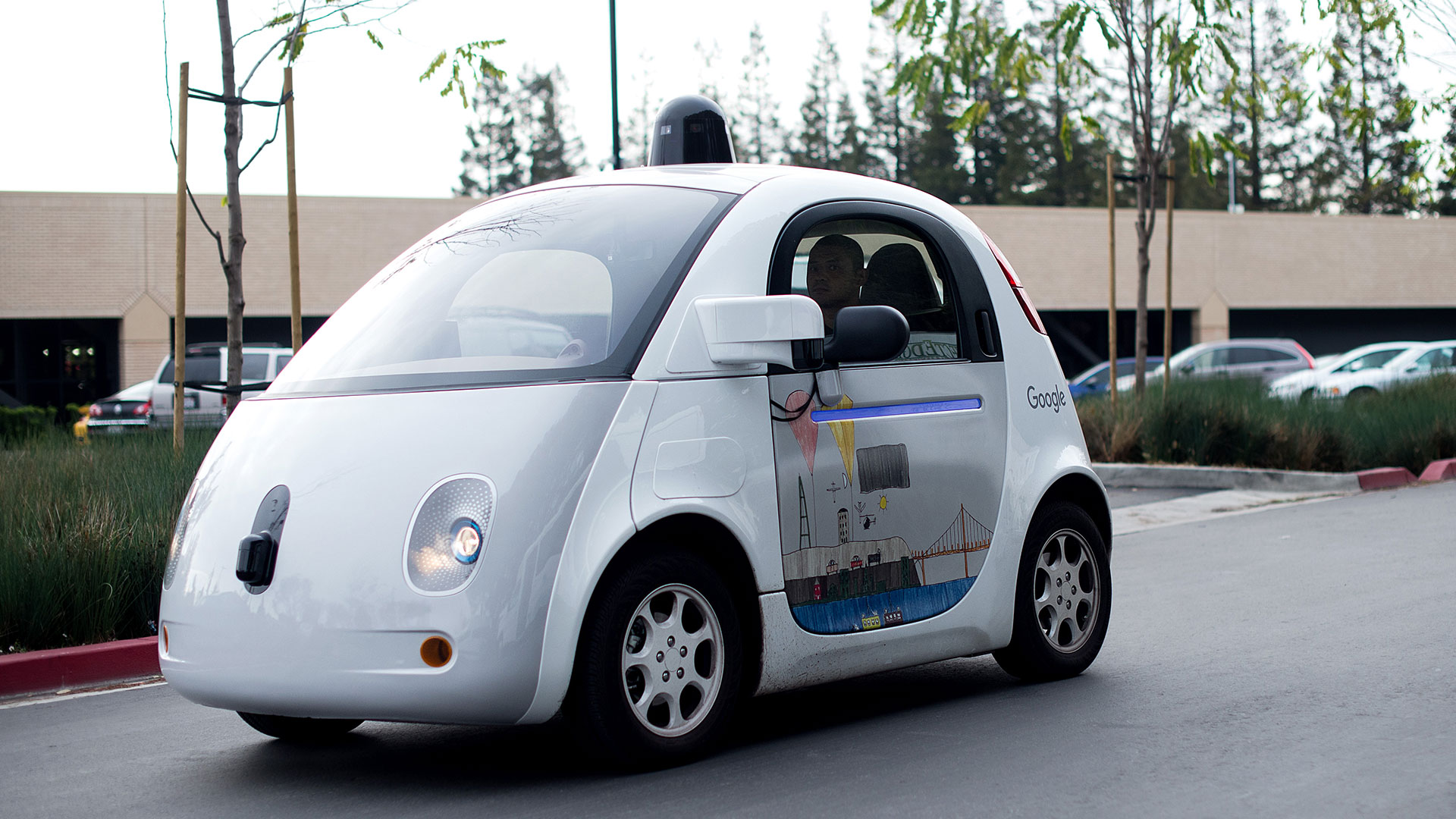

For any full-service gas station attendants hoping that they’ll still have a job plugging in the autonomous electric cars of tomorrow: Google has some bad news for you. The global tech titan is hard at work testing wireless charging systems for their self-driving cars. According to FCC filings, Google—sorry, Alphabet—has been testing wireless chargers for automobiles for about a year now. Its chosen method, resonant magnetic charging, is the same technology used by cell phones running the Qi wireless charging setup: An alternating electric current passes through a metal coil, creating a magnetic field that oscillates at a particular frequency; this frequency is picked up by a nearby identically-tuned magnetic coil, which converts it back to alternating current. Basically, it’s a more advanced version of the way an electric toothbrush powers up.
Google’s first prototype charger, the Hevo Power Alpha, was installed at their corporate campus in February 2015. The system serves up 1.5 kW of sweet, sweet magnetic resonance from a circular charger that’s built into the pavement—somewhat like a manhole cover. Since last July, the company has been testing chargers by Momentum Dynamics as well; the specific output of the chargers they provided Google isn’t listed in the filings, but similar devices Momentum makes for charging electric buses in South Korea produce 100 kW of power.
Tesla’s terrifying snake-charger aside, wireless charging will be an important part of any possible autonomous vehicle ecosystem. Current technology would require a vehicle to park over a charger every so often to soak up power, but future versions could theoretically be implanted throughout self-driving cars’ range, enabling them to draw power straight from the road. This could allow electric cars to use significantly smaller batteries, which would in turn reduce weight—which would then further increase efficiency, enabling the use of still-smaller batteries.
Google isn’t the first one to play around with cutting the cord for electric cars. Audi plans to offer a wireless charging system for the new Q7 e-tron, Nissan is experimenting with similar technology, and Rolls-Royce dabbled in the idea on its experimental electrified Phantom, the 102EX. If Google’s efforts can fast-track wireless charging into the mainstream (and if all the car makers can agree on one standard for the technology), it should be good news for all sorts of electric vehicles, whether they come with steering wheels…or an emergency stop button.